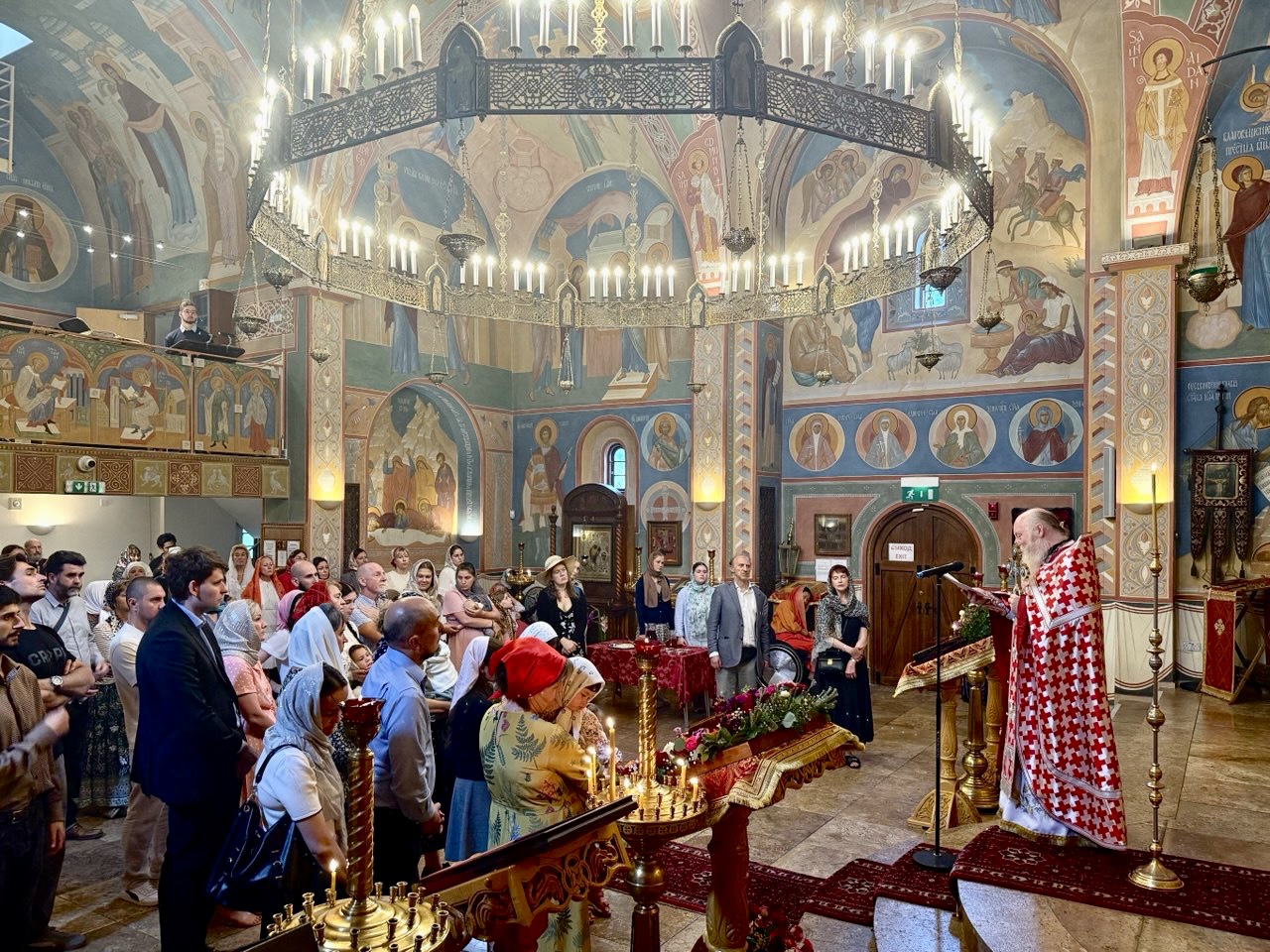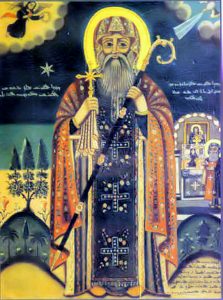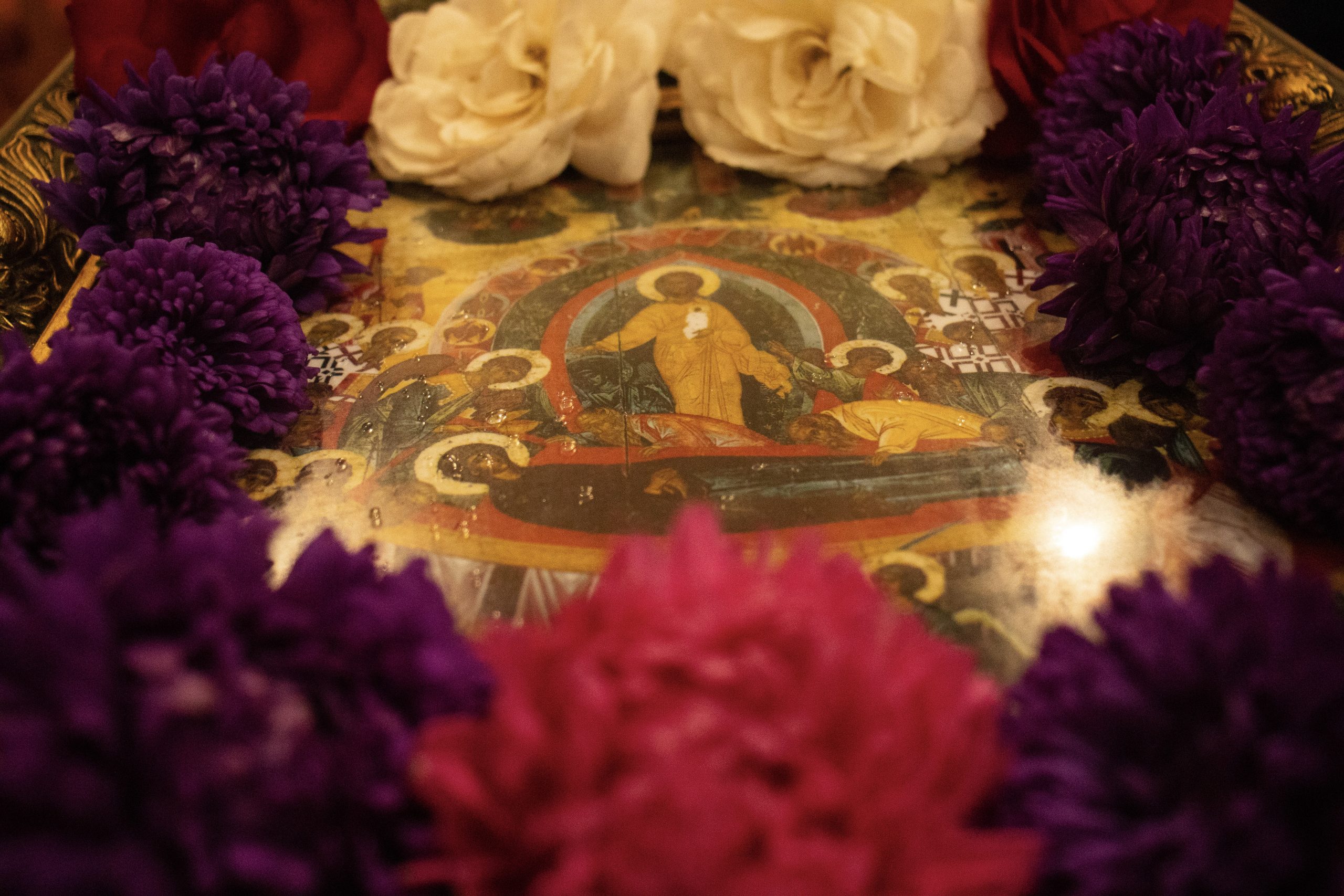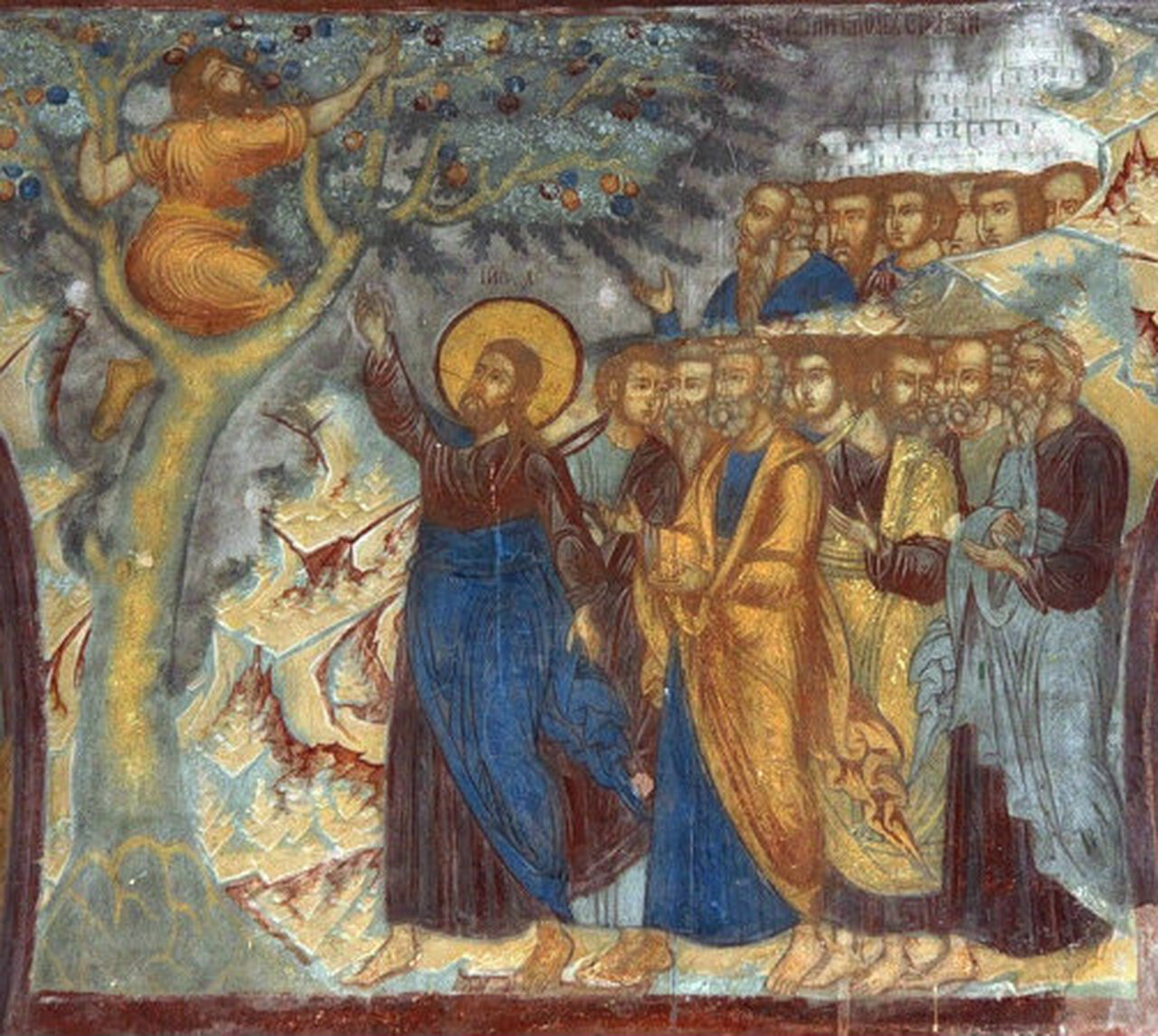
I am grateful to Vladyka for the invitation to preach in the cathedral on the altar-feast of the lower church, and the first anniversary of Father Mark the Younger’s priestly ordination.
In the Name of the Father, and of the Son, and of the Holy Spirit.
Dear brothers and sisters,
It is a great joy for us to gather together in this holy temple, whose dedication honours the Royal Martyrs, and as we celebrate their sacred memory, we look beyond the horror and violence of their martyrdom to appreciate the priceless treasure that God has granted to the whole Orthodox people by calling the Imperial Family to enter the mystery of Golgotha, and to drink from the cup of suffering and martyrdom, as they were conformed to the image of the Saviour, as we heard in the Apostol reading from St Paul’s letter to the Romans:
“We know that all things work together for good to them that love God, to them who are the called according to His purpose. For whom He did foreknow, He also did predestine to be conformed to the image of his Son, that he might be the firstborn among many brethren.” (Romans 8: 29-30)
As God lovers, the Lord called the Royal-Martyrs “according to His purpose”, and in their suffering for that Divine purpose – contrary to the wisdom of the world – they were conformed to the image of Christ, the Suffering Servant and Man of Sorrows, Who pured Himself out for His people, until He was without beauty or comeliness, as foreseen by the holy prophet, Isaiah.
In the Gospel for the feast, we heard,
“If the world hates you, ye know that it hated me before it hated you. If ye were of the world, the world would love his own: but because ye are not of the world, but I have chosen you out of the world, therefore the world hateth you.” (John 15:18-20)
The world vision, according to Lenin and the Bolsheviks, was at odds of the world represented by the Royal Martyrs: of Christian Monarchy defending and promoting the Christian Faith and the Church; of society built upon the precepts of the Gospel and the Law of God; of national life shaped by the Church, its Divine Services, and Christian Tradition shaped by the rhythms and celebrations of the fasts and feasts, and the seasons of the liturgical year.
As a visible embodiment of Orthodox authority and Orthodox Sacred Tradition, itself, Christian governance and sacred-monarchy, the Royal Martyrs were an impossible threat to the Marxist-Leninist vision, and had to be destroyed as much by propoganda lies, deception, as by the demonic, frenzied and hate-filled violence which brought their earthoy lives to their bloody end.
But, because the lives of the Royal Martyrs were based on eternal, heavenly truths, on the truth of faith, and were filled with the Light of Christ, their place in the life of the former empire and their love for their people could not be extinguished – even if their people had betrayed and forsaken them.
The lies, propaganda, obscene and solacious stories banded about in American and British newspapers, and the Russian proletarian press on the eve of the revolution seem infantile, two-dimensional and flimsy compared to the innumerable miracles through which God has glorified the Royal Martyrs since their martyrdom.
In the 1990’s, after a cross had been set up on the site of the Ipatiev House, it was illumined by a heavenly light, as the clouds opened and rotated above the Cross, and no snow fell within the large circle of light which fell upon the ground around the site of the martyrdom.
In the same decade, a former guard of the “Museum of the Workers’ Revenge” in the Ipatiev House signed an affidavit describing how she would hear beautiful church-singing from the basement room of execution, and that light shone from beneath the door during the night.
On November 7 1997, the anniversary of the Revolution, an icon of the Tsar-Martyr began to weep myrrh, and the following May, during a procession to mark the Tsar’s birthday, another icon began to weep myrrh during a procession.
Through the prayers of the Royal Martyrs, the godless have been brought to Faith; hardened hearts have been softened; the young have been delivered from depression, despair and lives heading towards self-destruction; addicts have been delivered from alcohol and drugs; childless women have been granted children; students have received help in studies; soldiers and refugees have been delivered from capture, death and great dangers; families have been reconciled and healed; the sick and infirm have been made whole.
For Orthodox Christians the resultant false ‘histories’ and mythologies necessary to dehumanise the Royal Martyrs, to justify unspeakable violence, and to desensitise the Russian people and the wider world to the horrors of the Ipatiev House and the Four Brothers Mine are an irrelevance and distraction from the glorious works of grace wrought by God through His saints.
We encounter the sanctity, rightness, and righteousness of the Royal Martyrs through their miracles, and to those of Faith, the lies and salacious stories bandied in the newspapers in America, Britain, and the Russia ‘proletarian-press’ on the eve of the revolution, seem two-dimensional, flimsy and ridiculous compared to the miracles through which Almighty God has glorified the Royal-Martyrs ever since their martyrdom.
To return to the Apostol, “…whom He called, them He also justified: and whom He justified, them He also glorified”– and despite the lies the world invented and wrote about them, God has glorified the Royal Martyrs through countless miracles and outpourings of grace, and raised them up not only as exemplars of Christian living, endurance and Christ-like humility – but as powerful intercessor for the Church of Christ.
Reassured by the love of God through their deep, profound faith and their relationship with Him, the Royal Martyrs truly reflect the words of the Apostol: “Who shall separate us from the love of Christ? shall tribulation, or distress, or persecution, or famine, or nakedness, or peril, or sword? As it is written, For thy sake we are killed all the day long; we are accounted as sheep for the slaughter.” (Romans 8:35)
In 1917, the Empress-Martyr wrote,
“Everything can be endured if you feel His (God’s) presence and love and if you believe in Him steadfastly in everything…
One must ever thank God for all that He gives, and even if He took it away, then perhaps, when one endures without a murmur, all will be even brighter. One must always hope…
If we, as Christian people can reflect the inspiring spiritual fortitude, constant hope in God and immense faith, refusing to lose our trust in His love, then that Divine love will flow into the workd through us, with a joy the shocks and challenges evil, violence, and cruelty with the Mind of Christ, so that we can join the Apostle Paul, with the Royal Martyrs and all the saints in confessing “that neither death, nor life, nor angels, nor principalities, nor powers, nor things present, nor things to come, Nor height, nor depth, nor any other creature, shall be able to separate us from the love of God, which is in Christ Jesus our Lord.” (Romans 8:39)
Emulating the Royal Martyrs in faith, in life, and in death, let us put aside earthly cares, knowing that all things are in the hands of God, and that whatever may happen to us in life, His love remains immeasurable and immovable; His inscrutable will always seeks what is needful for us in the eternal scheme of His providence and wisdom, rather than according to the fickle standards and measures of success in the world
In all things, He seeks our transformation, through the restoration of His image and likeness, calling us to be with Him in the endless glory of life of the age to come- together with the Royal Martyrs and all of His saints.
Let us hasten to the Royal Martyrs, seeking their help and intercession, but more than that, let us emulate their faith, love, courage and immovable trust in God in our own lives.
May they intercede for us!
Amen.

 Dear brothers and sisters, greetings for the feast of Pentecost, following our Sunday celebration of Troitsa, for which we thank all who contributed do generously: our oltarniky, including Denys on his first Sunday in the oltar; our devoted singers; and our sisters who worked so hard to ptovide flowers and greenery, especially posies for everyone to hold during vespers for the Day of the Holy Spirit.
Dear brothers and sisters, greetings for the feast of Pentecost, following our Sunday celebration of Troitsa, for which we thank all who contributed do generously: our oltarniky, including Denys on his first Sunday in the oltar; our devoted singers; and our sisters who worked so hard to ptovide flowers and greenery, especially posies for everyone to hold during vespers for the Day of the Holy Spirit.










